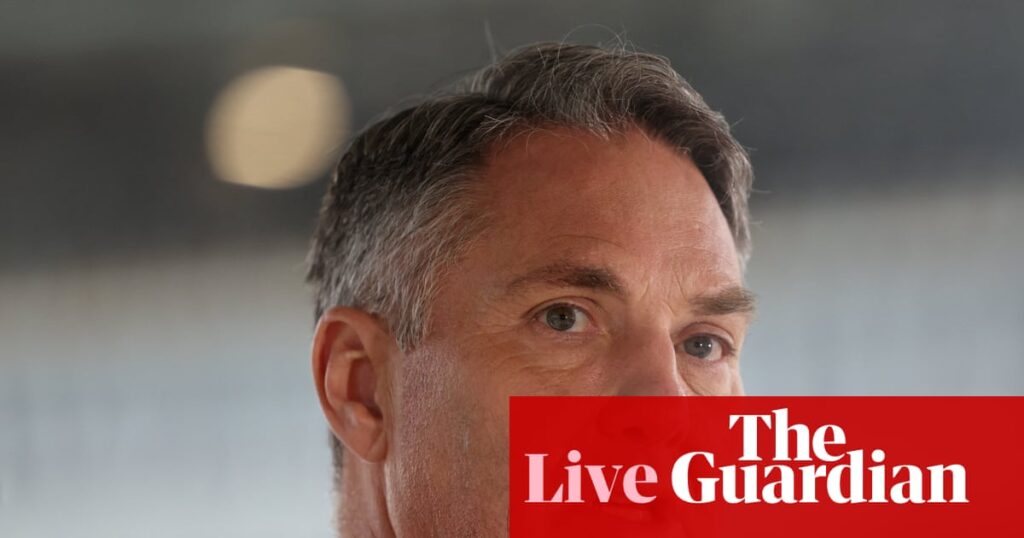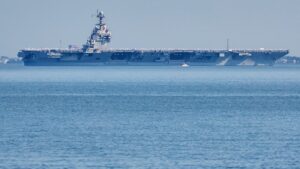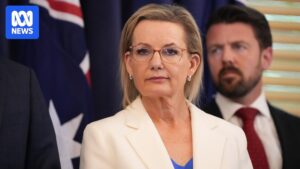
In a significant move for national security, the Australian government has announced an additional $70 billion in defence spending over the next decade, marking the largest peacetime increase in the country’s history. This substantial boost, as confirmed by Deputy Prime Minister and Defence Minister Richard Marles, surpasses the allocations made by the previous administration.
The decision arrives amidst international pressures, particularly from the United States, urging allied nations to enhance their defence budgets as a percentage of GDP. However, Marles clarified that Australia’s defence strategy is not solely based on GDP percentages, as these figures can fluctuate depending on accounting methods. For instance, using NATO’s calculations, Australia’s defence expenditure stands at 2.8% of GDP.
Context and Strategic Implications
The announcement comes as Australia seeks to fortify its defence capabilities in response to evolving regional security challenges. The additional funding is aimed at addressing strategic needs and building a robust defence force capable of meeting future challenges.
Marles emphasized that this investment is not merely about numbers but about strategic foresight. “It’s about focusing on the way we do things, understanding our strategic challenges, and building the defence force we need,” he stated. This approach underscores a commitment to long-term defence planning and resource allocation.
Strengthening Regional Alliances
Meanwhile, Australia is poised to sign a new defence agreement with Papua New Guinea, coinciding with the latter’s 50th anniversary of independence. This bilateral security agreement aims to integrate the militaries of both nations, reinforcing regional alliances amidst growing geopolitical tensions between the US and China.
Retired Army Major General Gus McLachlan highlighted the strategic importance of this agreement, describing it as part of a “soft power campaign” to secure partnerships with regional allies. “This is about locking down our relationship with PNG, our most important regional partner,” McLachlan noted.
Infrastructure Investments and Future Prospects
In addition to increased defence spending, the Australian government is investing $12 billion into a defence precinct in Western Australia. This facility will bolster naval shipbuilding and submarine capabilities, forming a critical component of the AUKUS agreement with the US and UK.
The prime minister, Anthony Albanese, is expected to announce that this investment will support 10,000 direct jobs over the next two decades, offering significant opportunities for local businesses. The precinct’s development reflects Australia’s commitment to enhancing its maritime capabilities and strategic partnerships.
Expert Opinions and Historical Parallels
Analysts have drawn parallels between this investment and previous defence expansions during times of heightened global tension. The current geopolitical landscape, marked by strategic competition in the Indo-Pacific, necessitates robust defence capabilities.
According to defence experts, the increased spending is a prudent response to regional dynamics and aligns with Australia’s strategic interests. “This is a necessary step to ensure Australia remains a formidable player in regional security,” said a senior defence analyst.
Looking ahead, the Australian government remains focused on strengthening its defence posture while fostering key alliances. The forthcoming agreement with Papua New Guinea and ongoing investments in defence infrastructure are pivotal to this strategy.
As these developments unfold, Australia’s commitment to national security and regional stability will be closely watched by international observers and domestic stakeholders alike.





